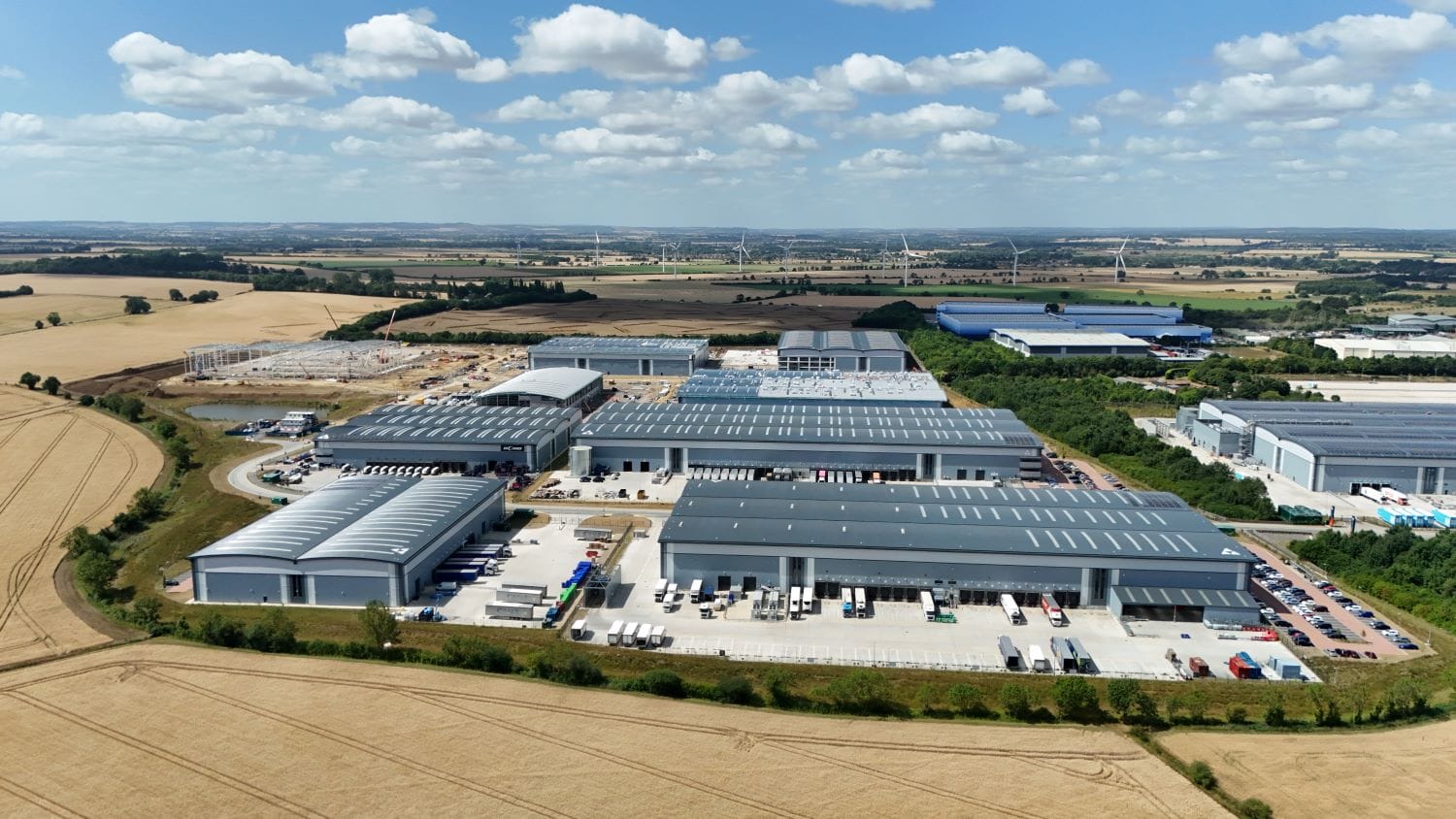This article is the first in a series that explores the relationship between competitiveness and sustainability through a new lens that seeks to account for the use and abuse of natural capital. In this series—titled The Nature of Competitiveness: a New Worldview for Corporate Sustainability—we endeavor to identify solutions such as new business models, asset valuation and price costing methodologies, and alternative supply chain structures that will help business leaders to conceive, plan, and execute a new vision of competitiveness.
Business leaders have long seen that their pathway to success lies in maximizing competitiveness. How to define and measure competitiveness, however, is not as straightforward as it may seem. Should it be understood in terms of productivity and efficiency? Market share? Profit margin? Annual shareholder returns? And how might we factor in more indirect measures such as talent retention and broader value creation?
In recent years, these questions have been further complicated by debates that transcend the walls of the company and the conventional rules of the marketplace. Whether they reflect demands for more socially inclusive business practices or the need to address the climate emergency or the new market dynamics emerging with a post-COVID-19 recovery, these winds of change are now upon us: being a sustainable business in the 21st century will require fresh thinking in general, and a rethinking of firm-level competitiveness in particular.
One issue above all stands out. The eroding welfare of the environment—of the natural domain—is now an existential threat that, left unattended, is certain to harm business interests. Put simply, as a society we have ignored our reliance on the natural world and either intentionally or unknowingly discounted nature’s value in our accounting of a company’s competitiveness and hence its commercial successes or failures.
The recently published, much-heralded Dasgupta Review on the Economics of Biodiversity (the Review) brings this issue into stark relief. Commissioned by the U.K. Treasury Department, the Review is likely to be a seminal work in the literature of sustainability, raising new questions and reframing familiar ones in ways that lead us to recast competitiveness in the context of sustainability. Are our ways of accounting for a company’s investment decisions, the development of its assets, and its financial returns simply incorrect? Do they underestimate the value of investments a company makes to deliver a positive impact on people and the environment while delivering a commercial return to its investors? Do our current methods exclude the adverse impacts of a company’s activities on its cost base and therefore inflate its perceived value?
To recognize that nature matters in how we conceive and measure competitiveness is to acknowledge that our current ways of reckoning are incomplete.
The Review helps kick-start what should become a movement of new thinking around firm-level competitiveness. It urges us to fundamentally reimagine the relationship between economies and nature—to consider them embedded in nature, not external to it. This paradigm shift implies that companies have failed to appropriately account for natural assets—such as forests, soil, water, and air—that are just as crucial to long-term company performance as other assets, such as machinery and patents. It follows that the calculus needed to measure company competitiveness must now build in natural assets and a company’s use or non-use of them as a core part of its doing business cost formula. No longer should environmental impact be thought of as only a post-profitability external measure relegated to a corporate social responsibility report with a relatively weak tie-back to how business decisions are made.

Solar panels and plastic waste: the promise of a clean energy future and the reality of the polluted present in Cap Haitien, Haiti (2017).
We believe that integrating sustainability into a company’s vision for growth and its equation for calculating competitiveness is the way forward. Offering a complete valuation of your company’s positive and negative effects on nature may initially be a novel, distinguishing feature in the marketplace, but it will quickly become “tablestakes.” Authentic sustainability is destined to be a core defining factor in long-term competitiveness and viability.
In this article, we first situate the Review in the historical context of discussions around competitiveness and the responsibility of corporations, so that we can show what identifies this latest contribution as new and different. We then outline some of the implications for companies and their decision-making regarding how to sustain a competitive advantage on a playing field where sustainability—particularly environmental sustainability—is a central rather than peripheral concern.
The Evolving Concepts of Competitiveness and Sustainable Business
Competitiveness as an economic development theory has been hugely influential in shaping the thinking and actions of economists, policymakers, governments, and businesses for 40 years. The World Economic Forum started measuring the competitiveness of countries in 1979. Interest in competitiveness at the firm-level took off in the 1990s following the publication of Michael Porter’s The Competitive Advantage of Nations, which spurred a host of reflections—from academia and think tanks to consulting companies and international development institutions—on how competitiveness theory should be applied to the field of finance, the economics of development, and the world of business.
Separately, the norms governing business ethics and corporate responsibility had been taking shape. As early as 1953, Howard Bowen’s Social Responsibilities of the Businessman outlined a “social contract” between companies and society, based on the idea that businesses operate only with the consent of society. That mid-century deference was smothered by a harder commercial tone in subsequent decades, as exemplified in Milton Friedman’s iconic 1970 essay for the New York Times, where he declared that “the only social responsibility of a business is to use its resources to create profits.” According to the “Friedman Doctrine,” solving social problems was the role of government; the private sector exists solely to maximize shareholder value.
In the globalizing 1980s and 1990s, however, consumers became increasingly and often uncomfortably aware of conditions in the factories and farms that produced their household goods thousands of miles away. At the same time as they were adjusting to this rising consumer awareness, companies (in the extractives industry especially) recognized that they had to invest in maintaining their “social license to operate” if they were to be accepted as legitimate by local communities around extraction sites. Otherwise, they risked disruption to their operations. In response to these forces, corporate social responsibility (CSR) came to the fore, though it was still largely a public relations and risk mitigation exercise.
It wasn’t until the late 2000s that we saw the stirrings of a convergence between competitiveness and CSR thinking, and the incorporation of authentic environmental and social sustainability metrics into business models. This movement was encapsulated in the concept of “creating shared value,” which Porter and Mark Kramer define as “policies and operating practices that enhance the competitiveness of a company while simultaneously advancing the economic and social conditions in the communities in which it operates.”
In the era of “shared value,” forward-looking companies have developed products, provided services, or invested in research that generate both revenue to the company and benefits to society. Think of a company selling lower-cost soaps and hygiene products in emerging markets to support the clean water and sanitation agenda, or an energy company working to build the capacity of local small businesses to work in their supply chain—the company benefits from the extracted material and the local business provides new pathways to livelihoods for its employees.
Yet most of the success of shared value has been limited to bigger firms that can articulate and afford the strategic benefit of such an approach even if they don’t see the bottom-line impact directly. And despite important progress in the behavior of many companies, much of the thinking remains siloed in venues like public affairs or socioeconomics departments, or highlighted at industry conferences and in sustainability reports. We have yet to see wholesale changes in business behavior.

Where Some of Today’s Measures Still Fall Short
Although pointed in the right direction, accounting methods such as the Triple Bottom Line (and the associated and updated Balanced Score Card) still fall largely short of shifting companies into a new way of thinking where sustainability is core to their value proposition. Likewise, the United Nations’ Sustainable Development Goals. Both initiatives speak to important measures of a company’s performance in addition to its traditional financial measures, often expressed in terms of environmental, social, and governance—or ESG—indicators. Both capture important activities intended to shape how a company behaves through increasingly rigorous monitoring of its environmental and social impacts. But this laudable effort is still fundamentally different from rebuilding a business case around embedded new measures that account for a company’s impact on nature and drive its investment decision-making by means of a feedback loop whereby these indicators are used to optimize performance. Our suggested rethink of competitiveness would cost in all these factors to where the bottom-line calculation of profitability now integrates the entirety of such factors and impacts.
Likewise, while new taxation schemes—such as carbon taxes or cap-and-trade schemes—may achieve some public policy benefits, they are unlikely to spark the type of wholesale change necessary to rebuild a business on a sustainability platform. Taxes will certainly shift how a firm behaves by adding new costs, but these costs are still imposed from outside and therefore not thought of as under the company’s control—and therefore not as a factor in its competitiveness equation.
Moving Forward, a Full Accounting
If a company can achieve this full accounting, we will have a comprehensive view of its entire asset base and costs of doing business, which will in turn enable us to measure its true competitiveness. In this new worldview, profitability will have a different standing. First, it will have to be reckoned over the long term, reflecting the company’s growth over multiyear (and for larger companies, multidecade) time horizons—the primacy of quarterly earnings reports is antithetical to the strategic thinking required by the global sustainability challenge.
Second, company performance should be judged in part by the extent to which the enterprise is developing natural and human capital assets. To take a concrete example: food and beverage companies should elevate soil health as a factor in their long-term competitiveness, and the market should reward them for doing so. Companies in this sector should be investing heavily across the value chain—from R&D into soil improvements to financing farmers transitioning to sustainable management practices. We can imagine this company including a line item on its balance sheet reflecting the monetary costs, investments, and gains made from its work with soil and its investments in long-term soil health.
Business leaders, similarly, must rethink how their supply chains are put together and what activities they are measuring. Factoring in the full environmental cost of moving people and goods around the world would likely accelerate significantly the shift to a greater reliance on local sourcing, or local content. The argument for local content motivated by a competitiveness price factor—factoring in new costs linked to the use of natural assets, such as the atmosphere—is quite distinct from an argument based solely on economic inclusivity, social justice, or preserving the “license to operate.”
External Incentives Make Now the Right Time to Rethink Competitiveness
Business leaders cannot dismiss the seriousness of the change in society’s expectations and the associated public policy shifts. The European Union, for example, recently passed a Carbon Border Adjustment Mechanism, which applies a charge to imported goods sourced from “less climate-ambitious countries.” In April 2021, the Biden administration committed to cut greenhouse gas emissions 50 percent below 2005 levels by 2030; the plan includes proposals for 100 percent carbon-free electricity by 2035 and $1.7 trillion in green investments over 10 years, of which 40 percent goes to disadvantaged communities.
These new policy objectives are being met with new frameworks and incentives for increased transparency. Global Energy Monitor’s global carbon registry—a public accounting of the embedded carbon in coal, oil, and gas projects—is one example of a monitoring mechanism that might gain salience. The Common International Classification of Ecosystem Services (CICES) is widely used for mapping, ecosystem assessment, and natural capital ecosystem accounting; some governments are beginning to copy CICES in their collection of statistics, affording them insight into the value and price of nature. This mechanism could well turn out to be one of those by which nature is “priced in” to a company’s accounting.
We are also seeing demand for action among consumers. Individual consumer values are shifting to favor nature-friendly and socially inclusive practices. This shift is generational and global. Every year, young people are coming of voting age and assuming a greater share of purchasing power in the market.
Some business leaders are already getting ahead of imminent government climate regulations. Car manufacturers are flocking to embrace electric vehicles. BlackRock, the world’s largest investment fund, is reviewing all investee business plans to accelerate the energy transition, signaling a sea change in mainstream investing practices. Private equity funds are withdrawing from certain hydrocarbon assets, and the risk of a new emerging class of stranded assets looms as a threat to many. Financiers, insurance and reinsurance companies, and banking institutions are starting to assess investment differently in light of climate change and environmental risks, and searching for new ways to value assets, price risk, prioritize new investments, and calculate returns.
“We have to set ambitious goals because we believe in the science, we believe that we need to do the right thing for the environment, and we believe now we have the technology.” —Mary Barra, CEO, General Motors, in the Harvard Business Review. GM says it will phase out internal combustion engines by 2035.
With these forces at our backs, we should work to sustain rather than resist this momentum, and reconceiving competitiveness will be central to the project. The Dasgupta Review will accelerate the broader movement and, critically, help us identify some of the tools we will need to understand how much profit is generated and how much wealth created when calculated within a new paradigm bounded by nature. With investors, shareholders, governments, and consumers all pushing businesses to think differently, corporate leaders will need to adapt their accounting framework—public or private—to this new reality. That won’t happen overnight. It will require a phased approach, learning over time how to develop the right valuation metrics and models while complying with existing regulations and shareholder expectations. But it must happen with some urgency.
We hope to bring a commensurate sense of urgency to the articles we’ll publish over the next year, in which we go deeper into the applications of the Review and the wider movement for a new vision of competitiveness. Among the topics we will explore in subsequent articles: a more detailed articulation of measuring competitiveness under this new premise; how companies can adjust to account for costs that include nature; how to revalue assets based on climate factors and what that means for competitiveness; and what new business models and supply chain structures would look like when accounting for this new formulation of competitiveness applied at the firm-level.
Stay tuned.




